Peru: Cusco
Publicatu: 25.09.2018
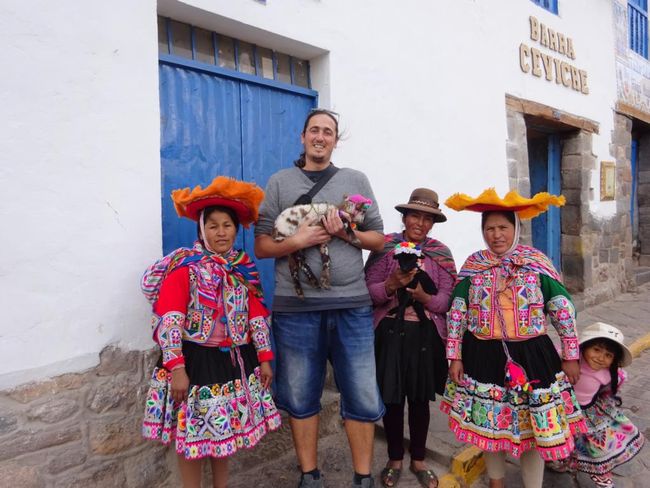
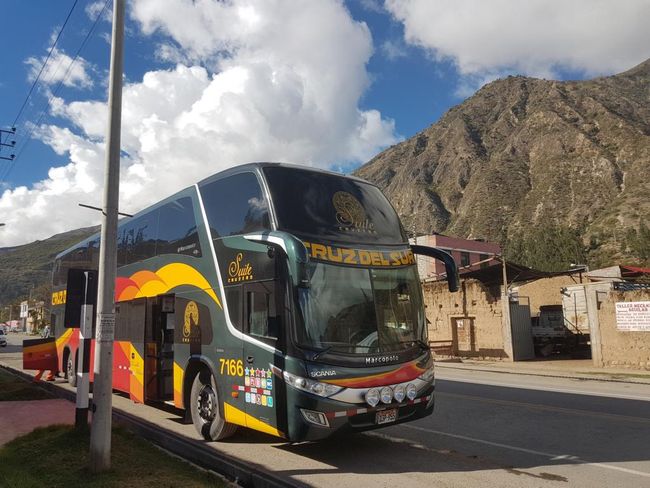
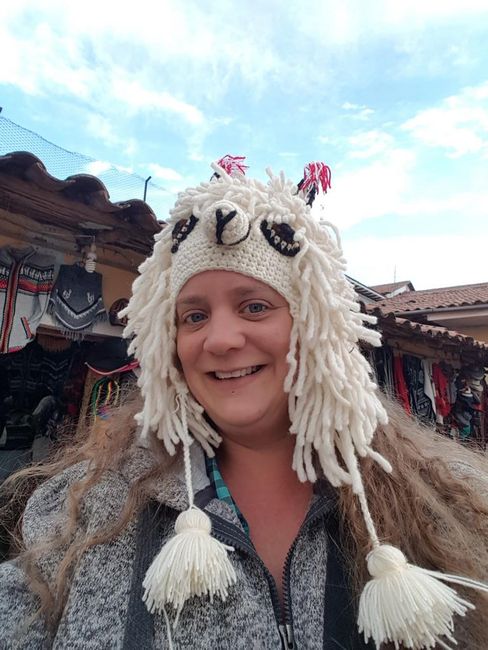
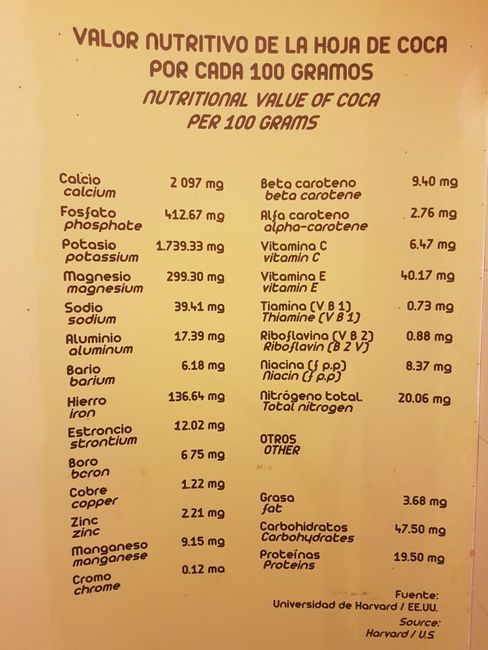
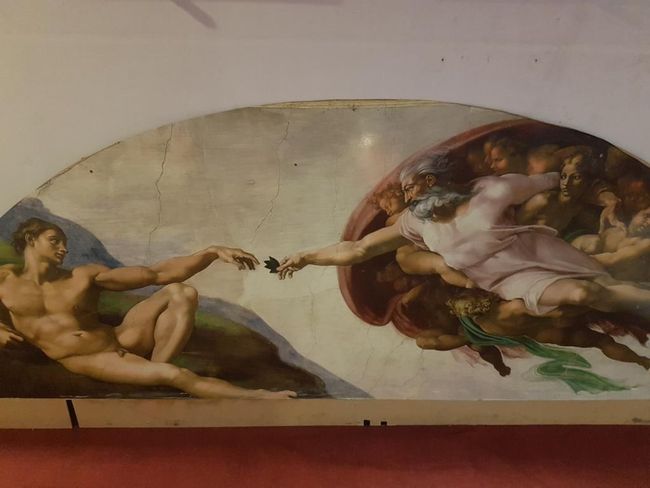
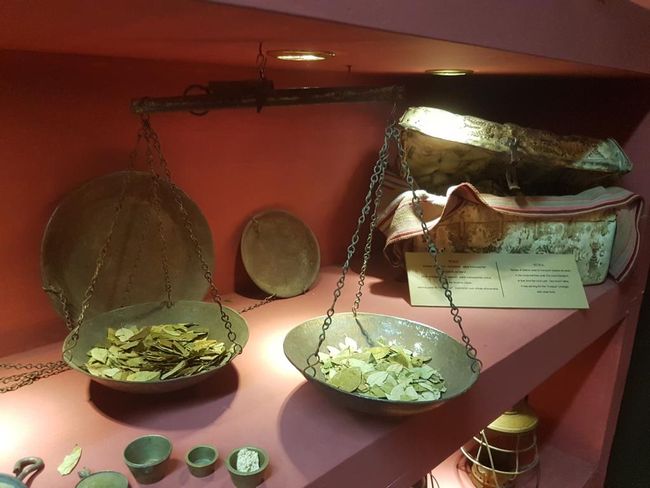
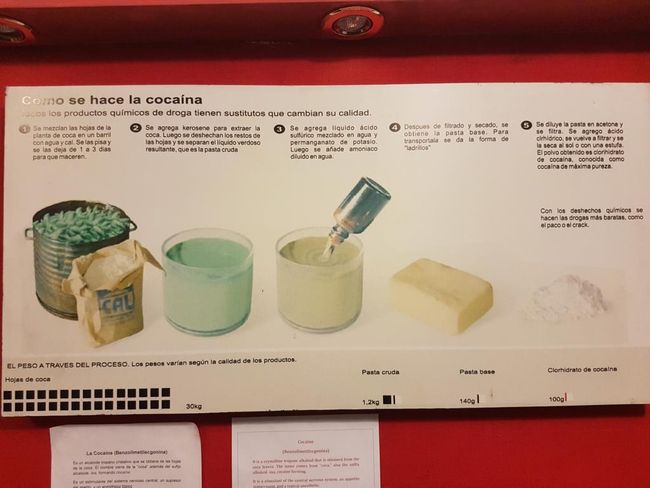
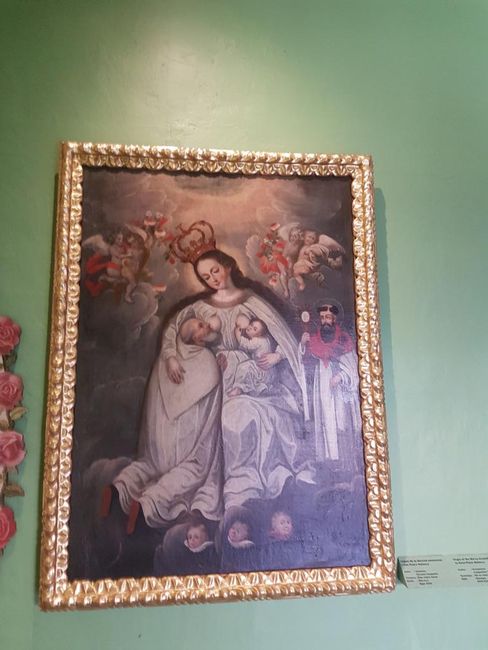
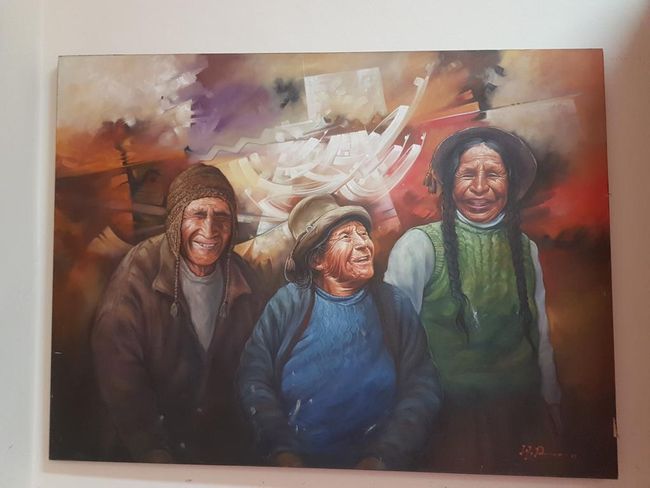
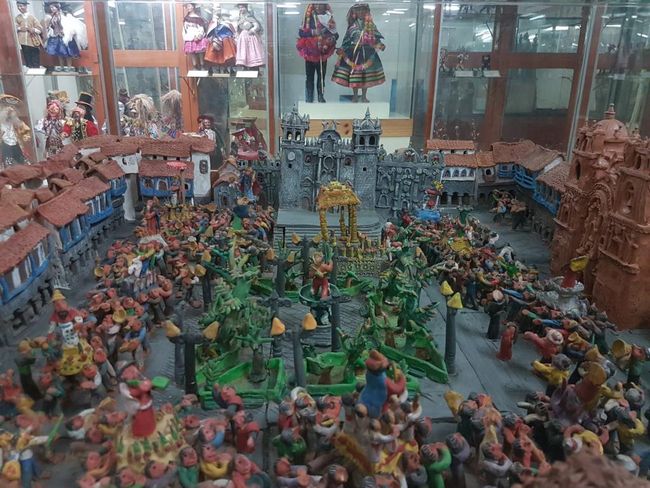
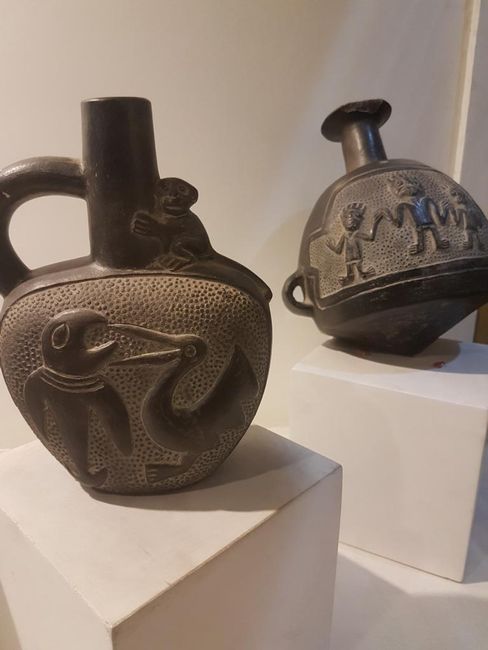
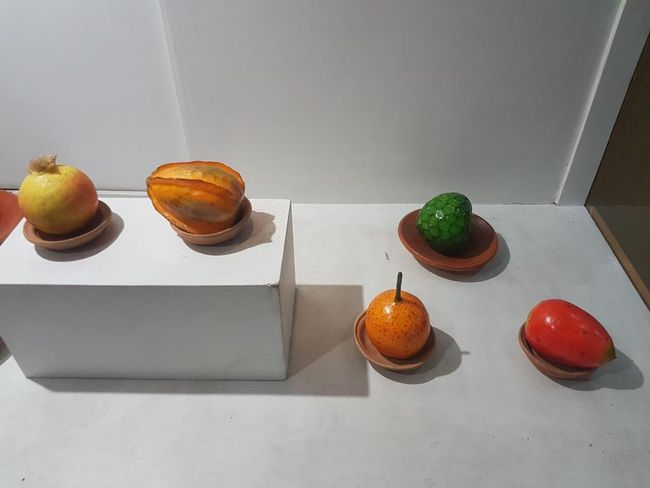
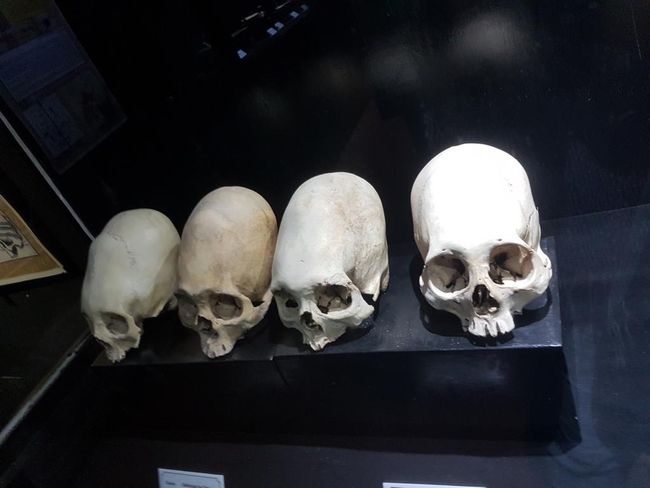
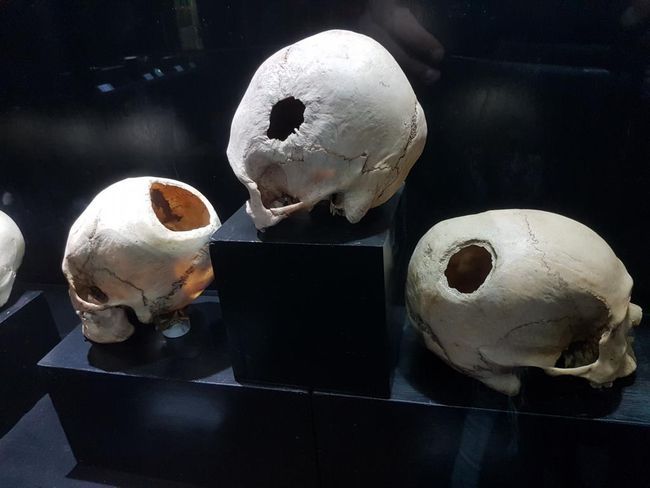
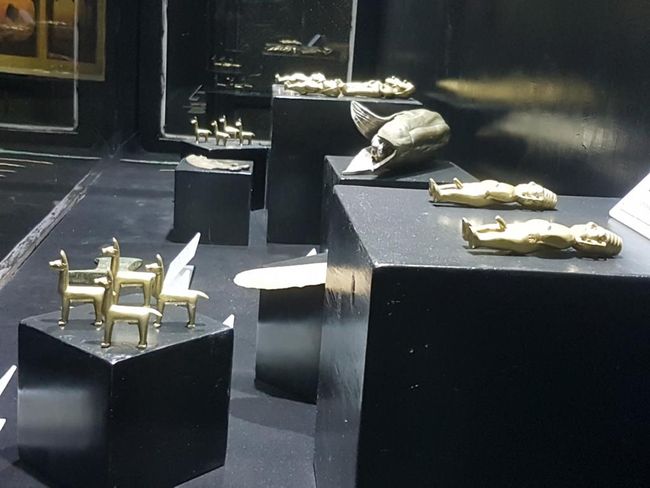
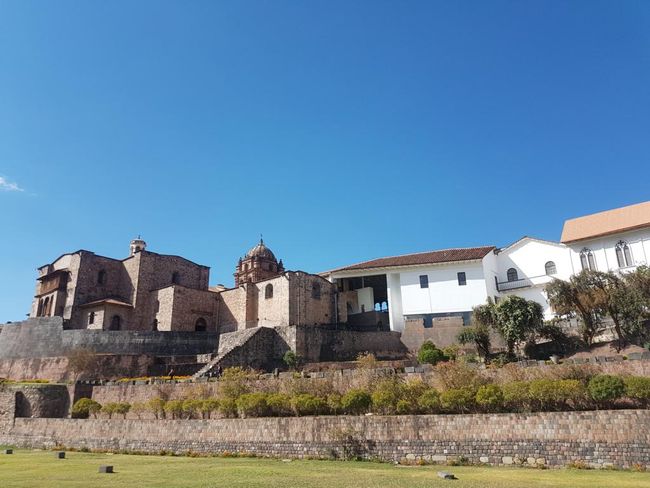
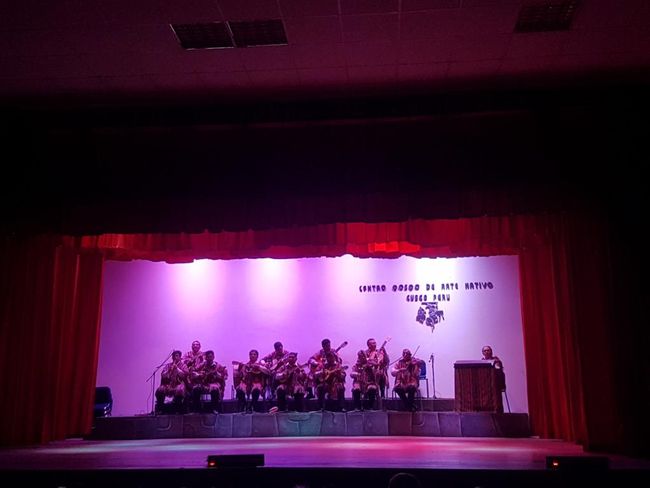
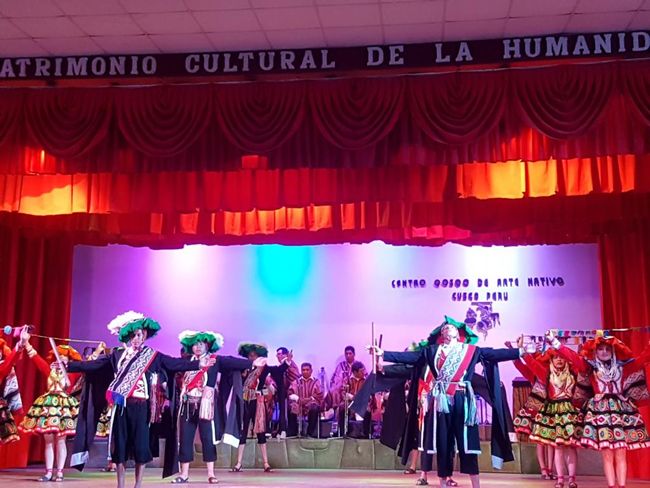
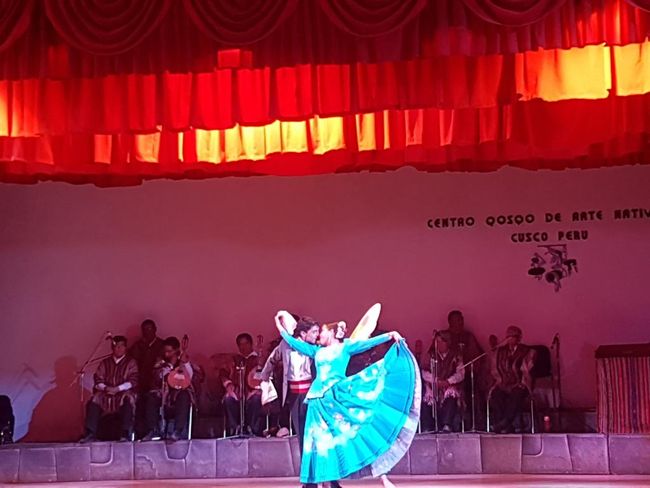
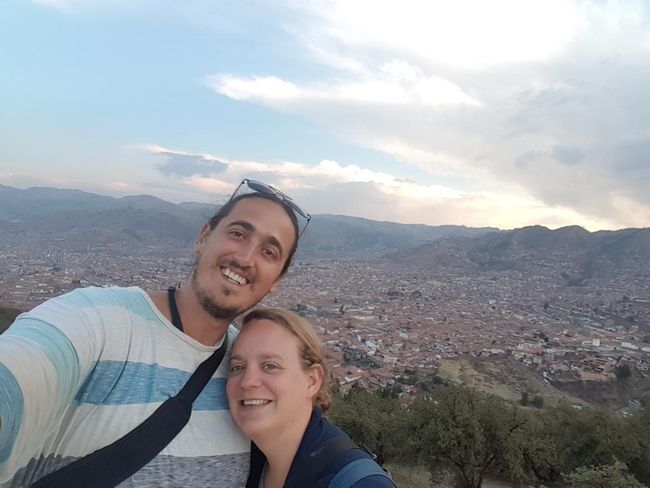
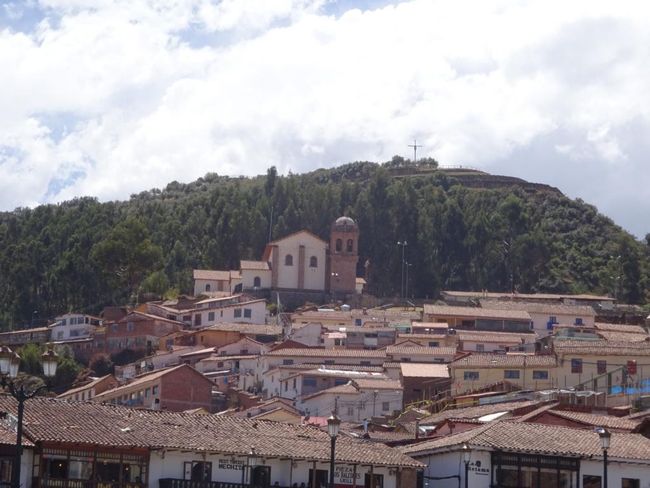
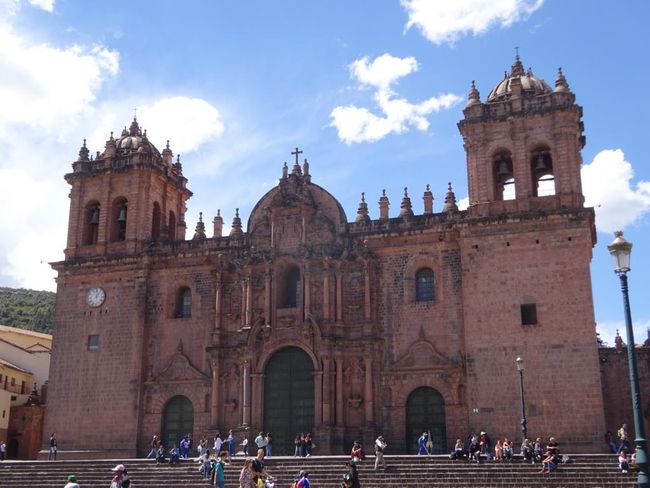
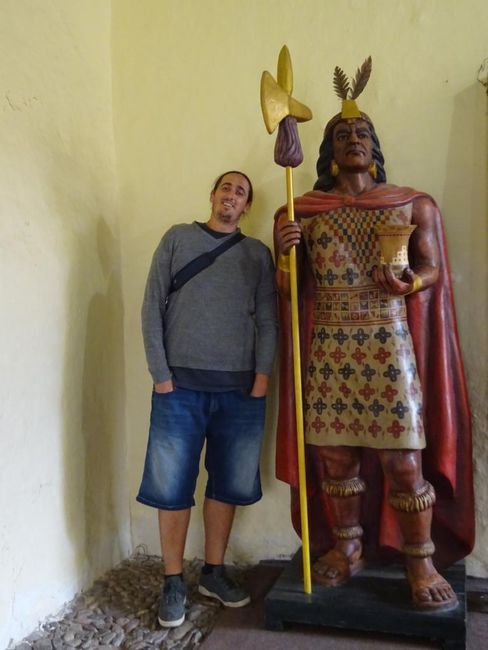
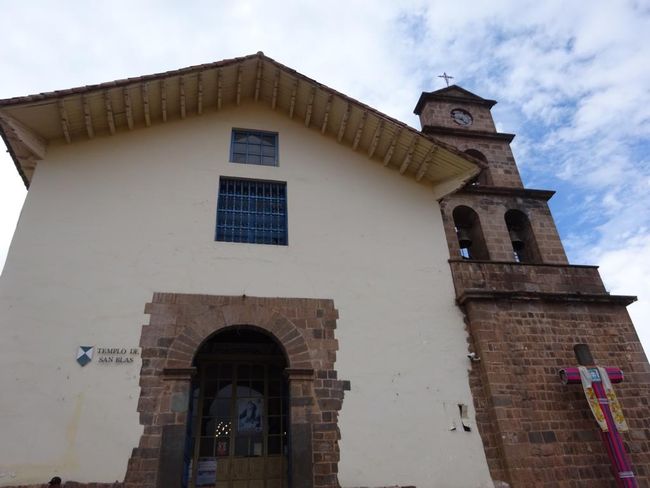
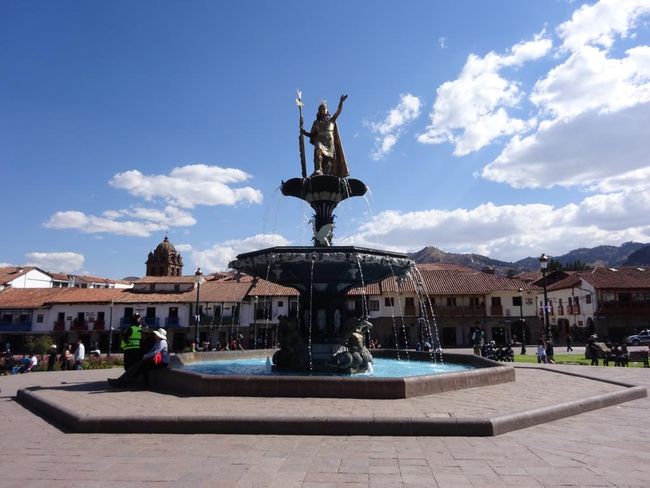
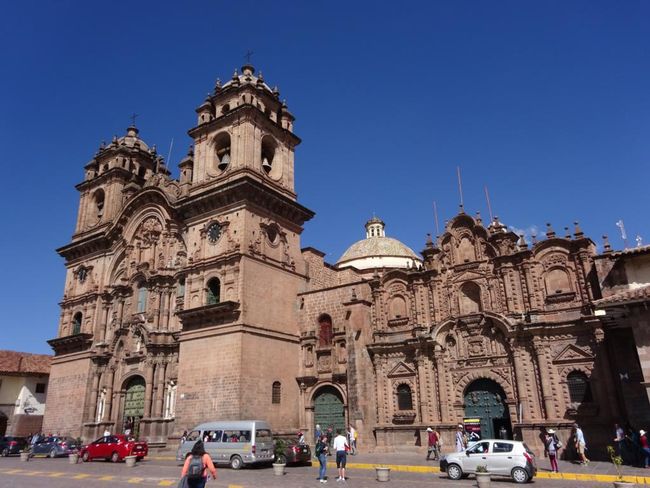
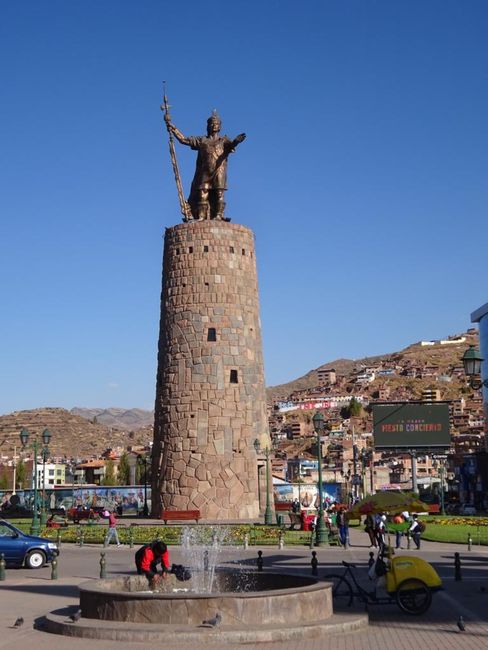
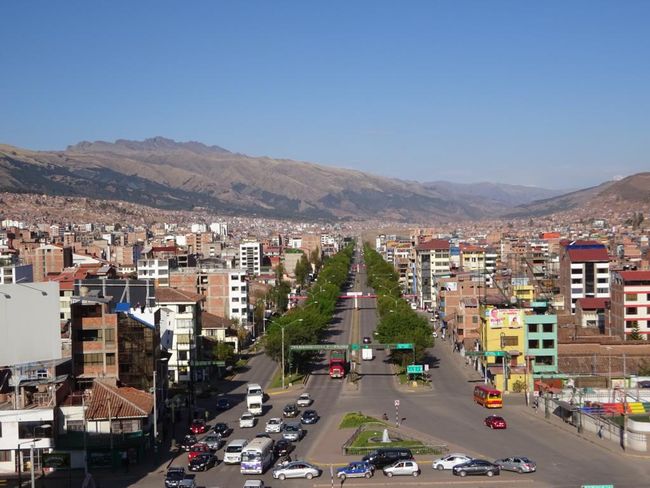
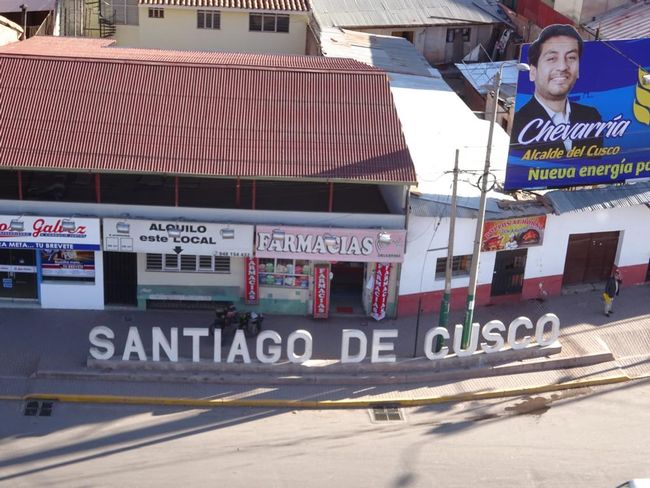
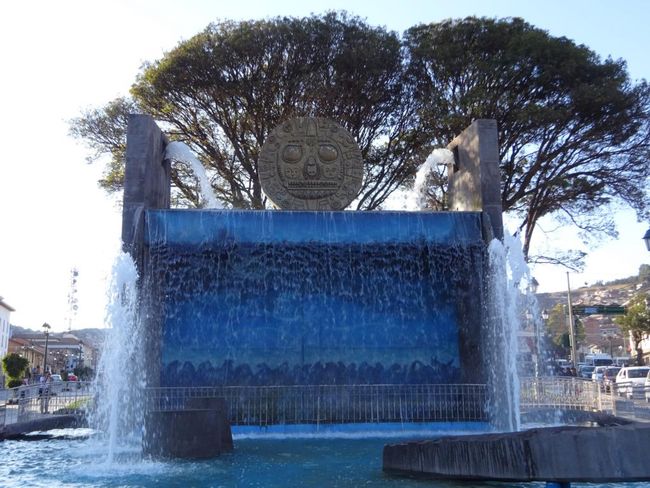
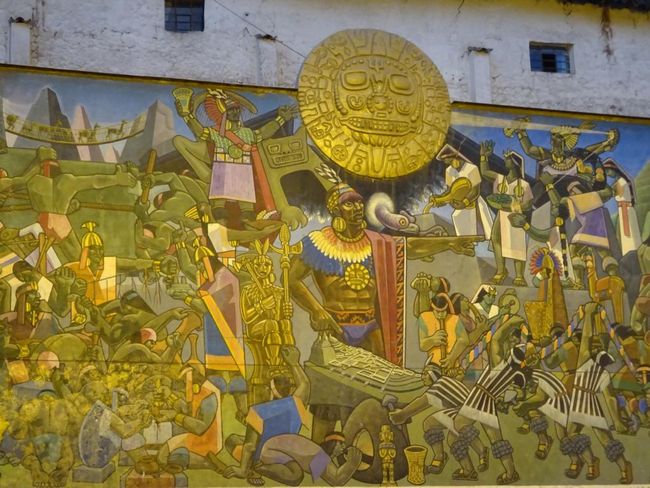
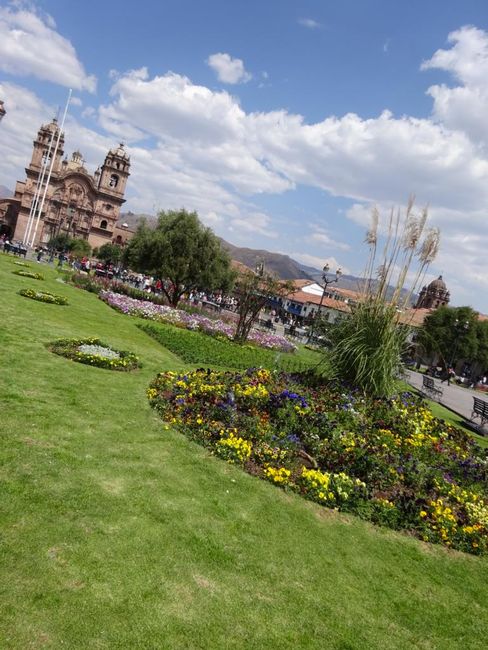
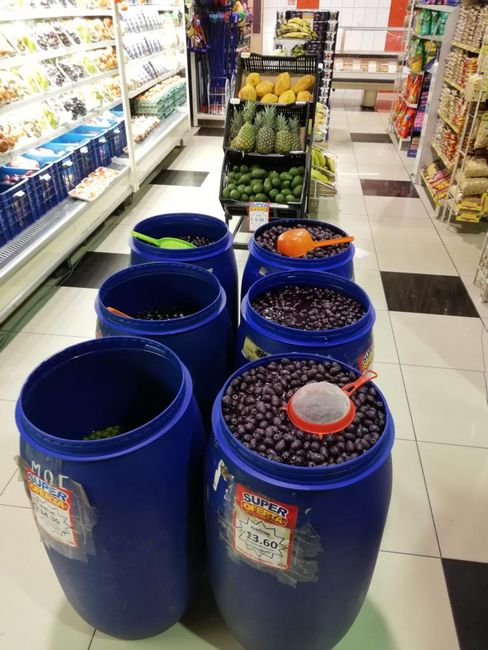
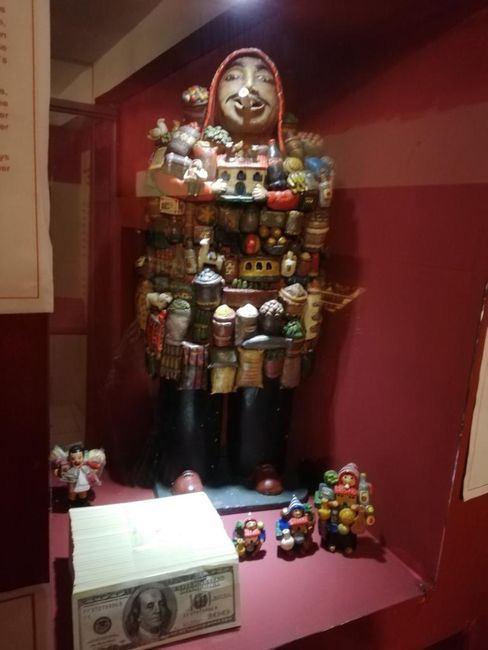
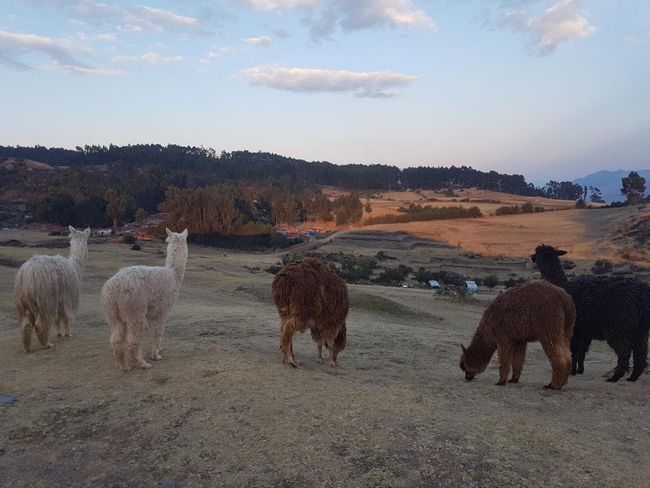
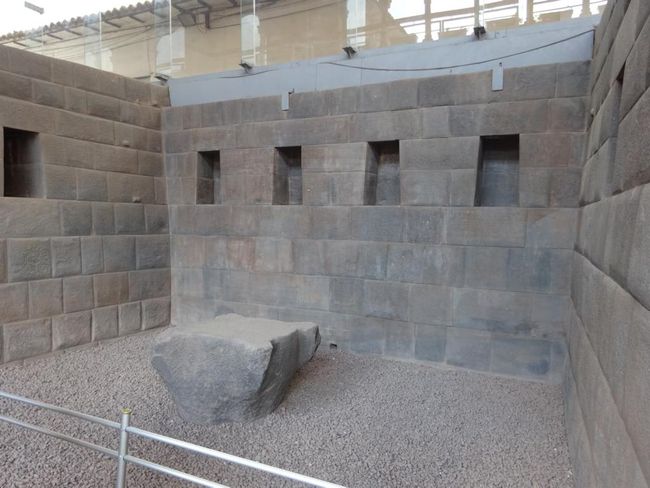
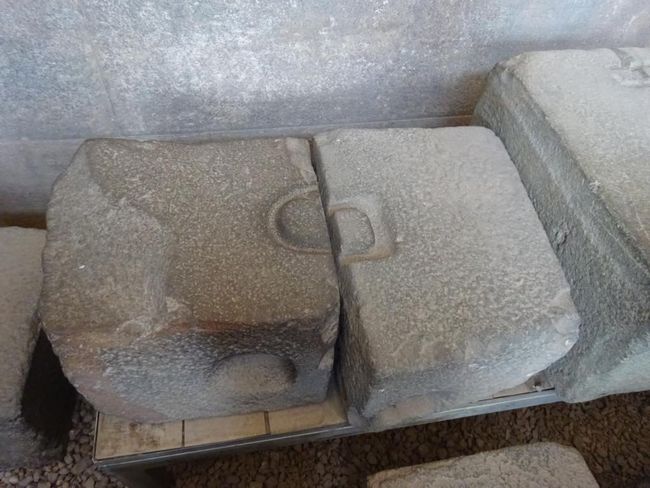
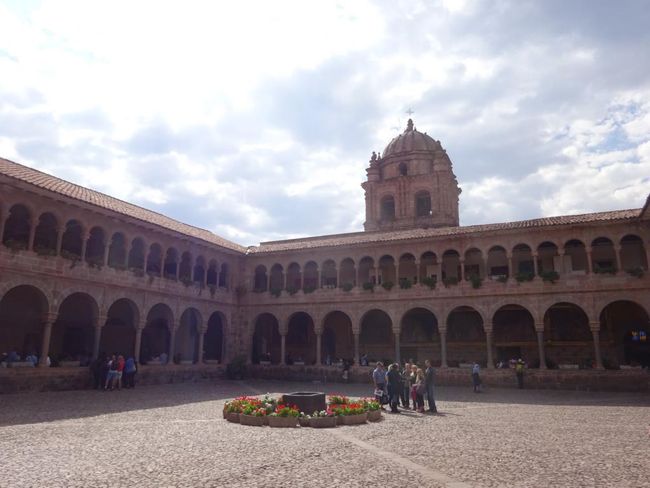
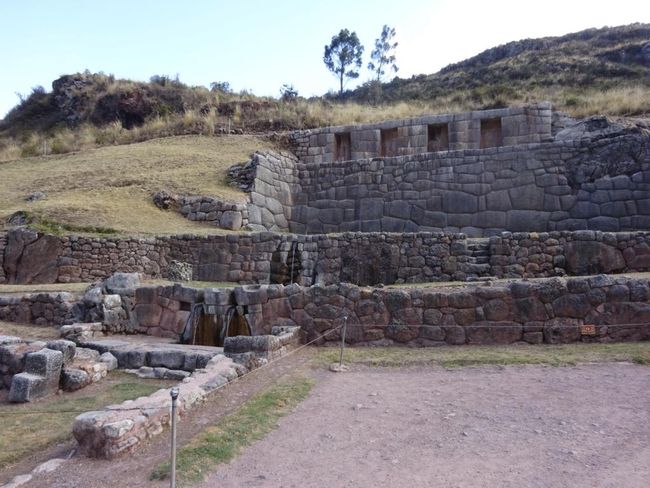
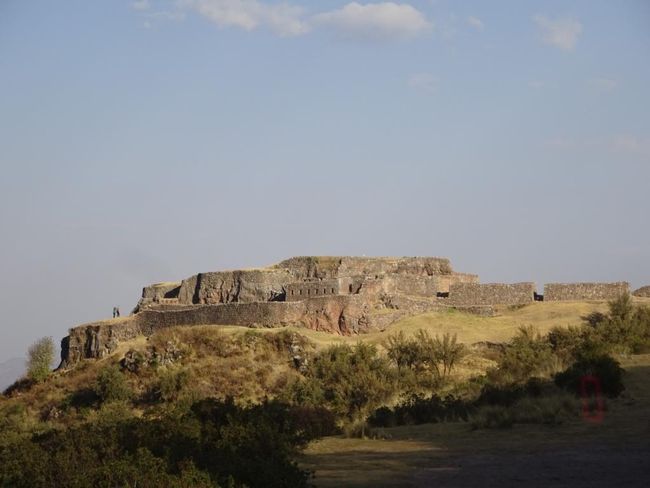
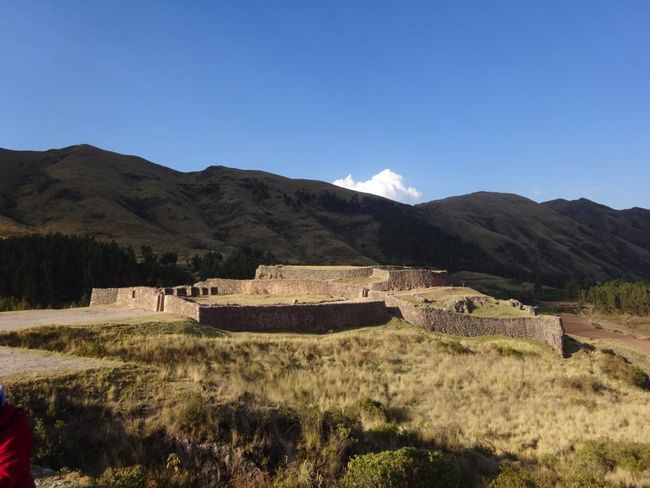
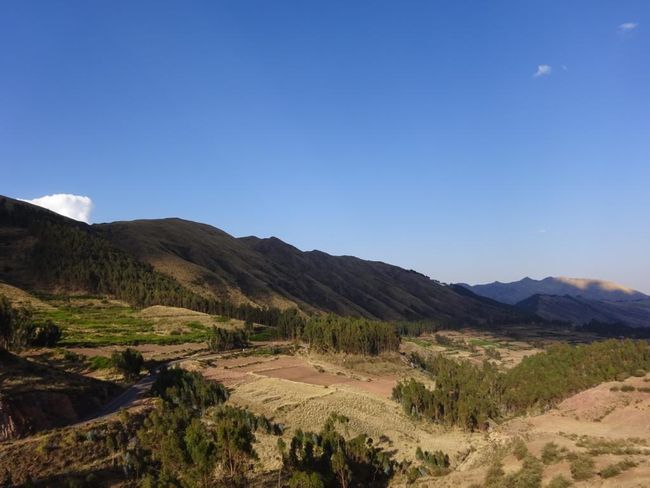
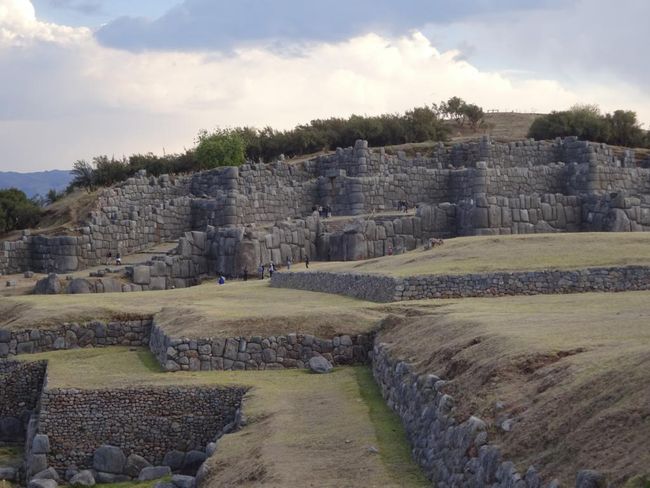
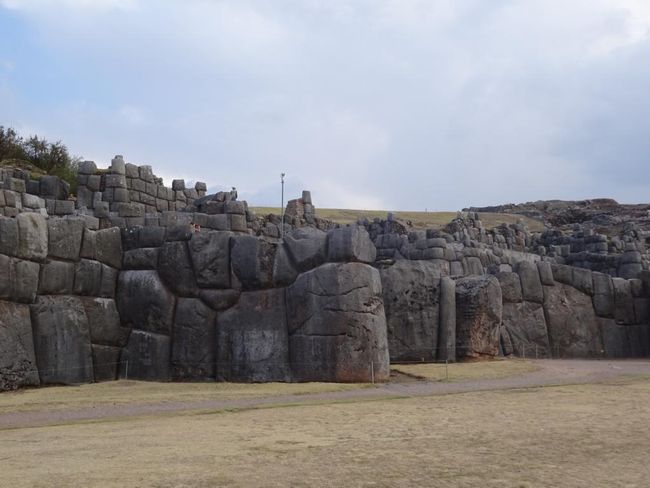

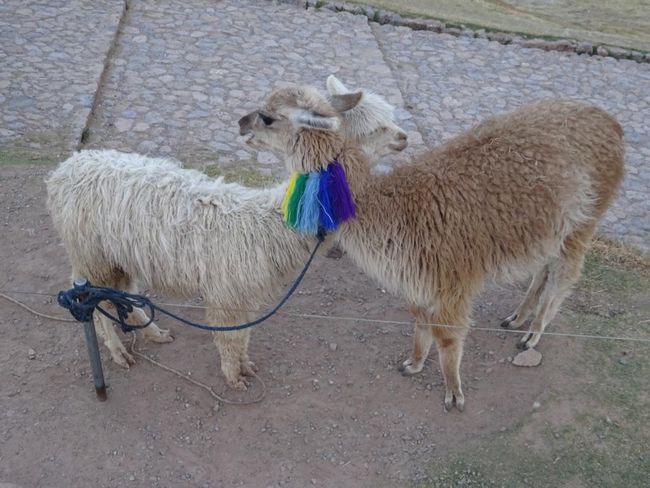
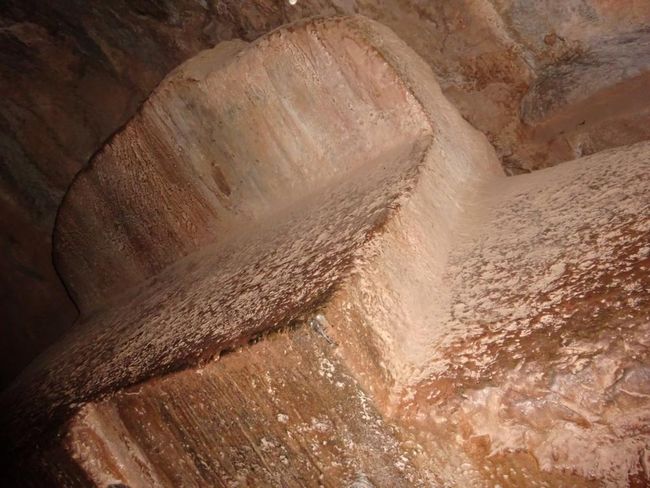
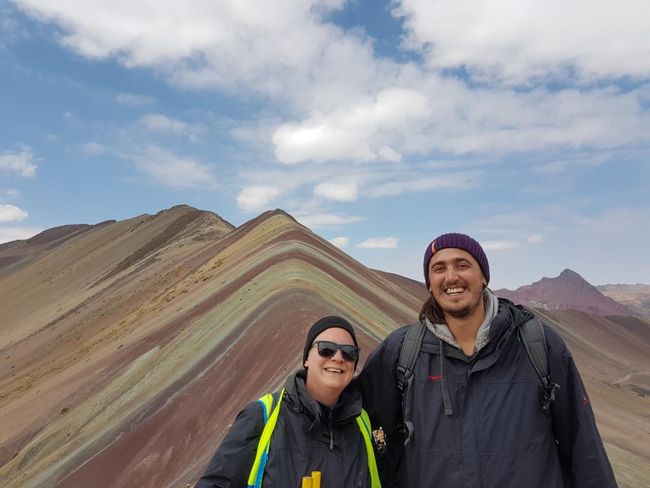
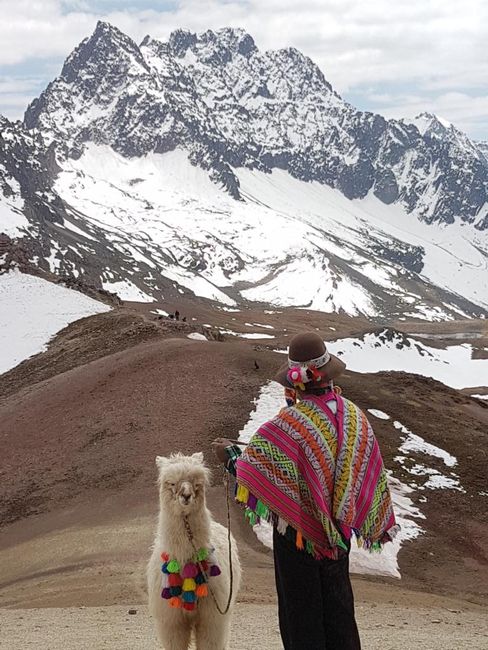
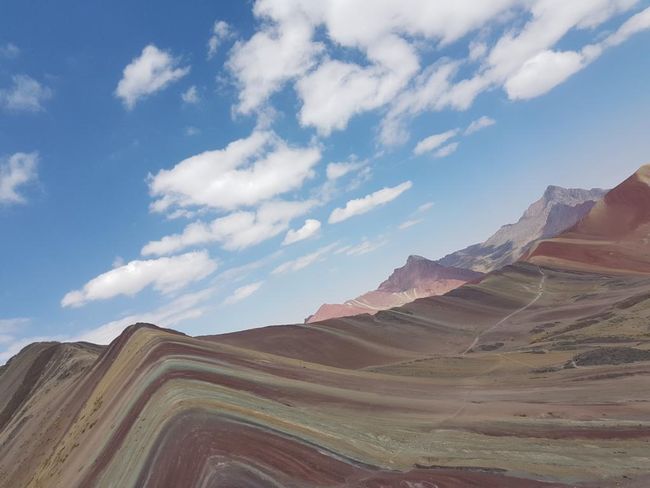
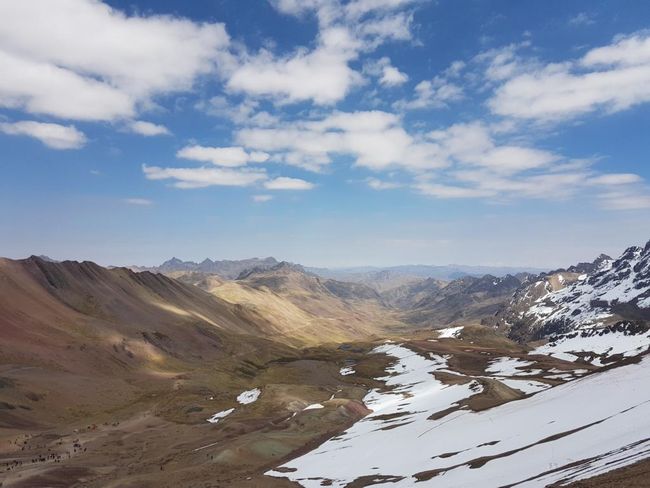
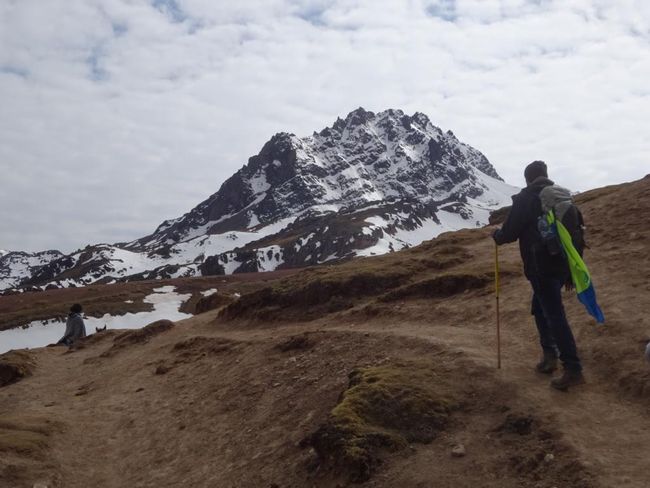
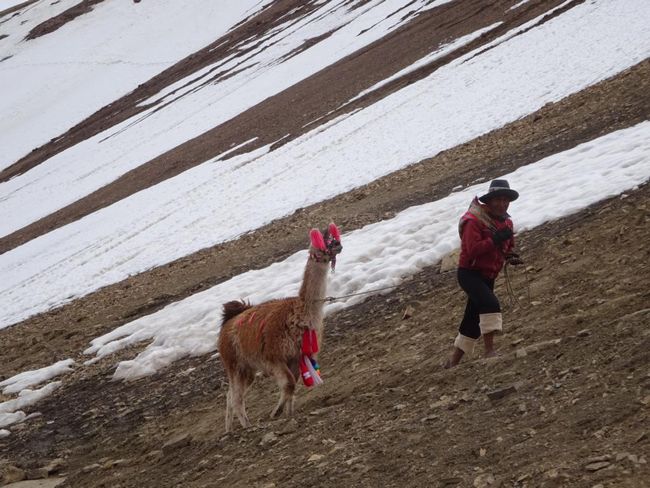
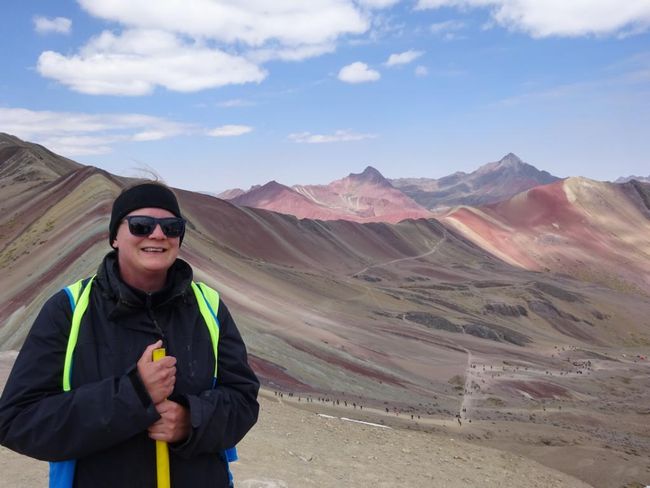
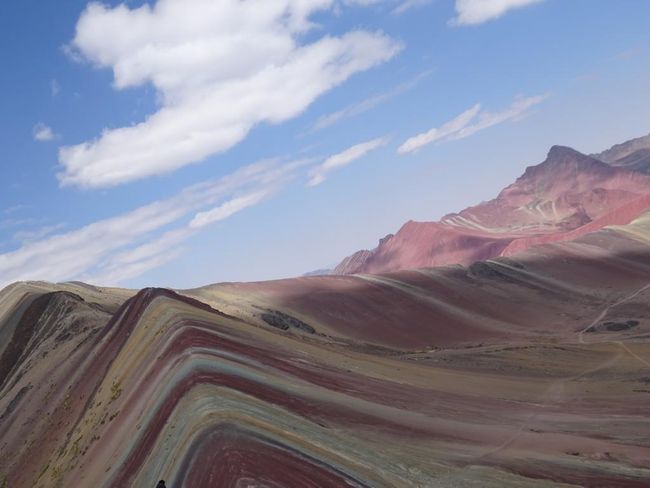
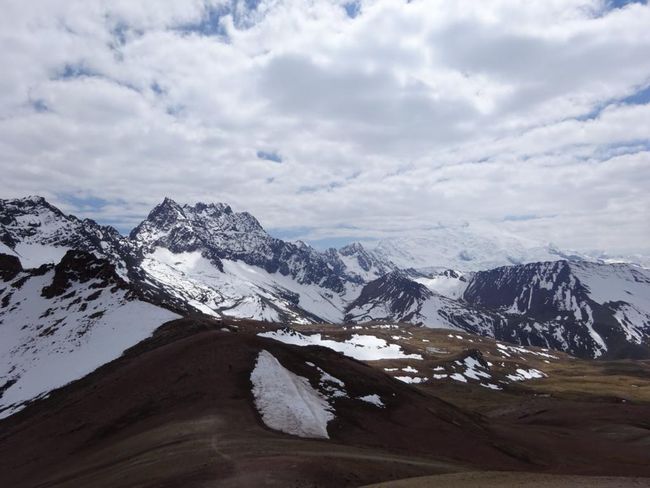
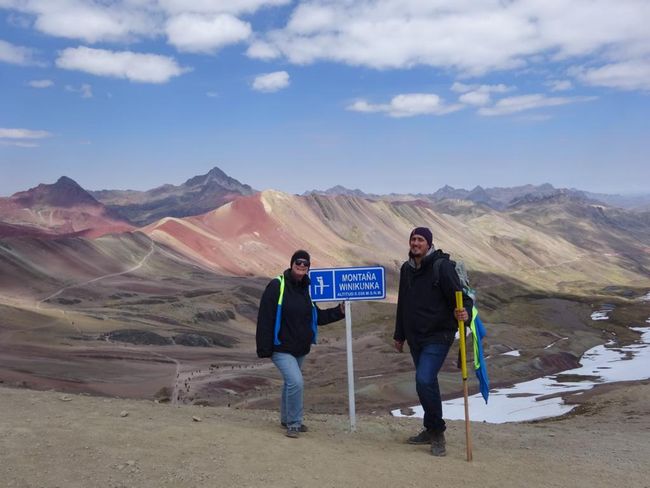
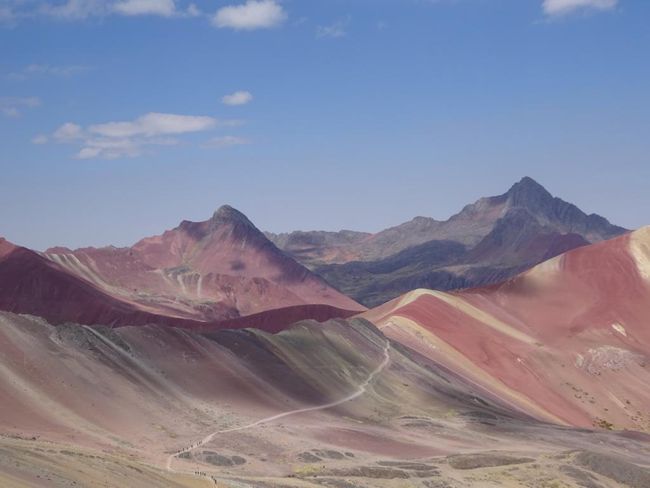
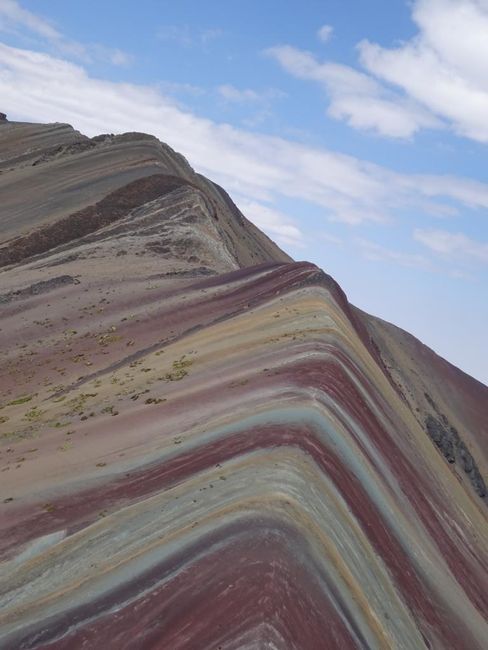
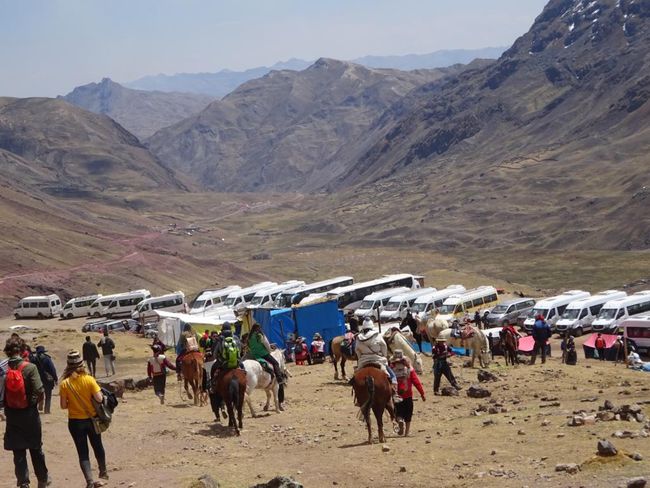
Abbonate à Newsletter
From Arequipa we drove via Nasca to Cusco. The drive from Nasca to Cusco was supposed to take about 14 hours. In reality, it took almost 18 hours because the bus broke down. Shortly after departure, we noticed that the vehicle was struggling uphill. Instead of turning around, we continued in this condition, over hills and valleys. After a bumpy night, we woke up early in the morning when the bus stopped on the side of the road across from a car repair shop, and several mechanics boarded the bus. Apparently, there was a problem with the filter, and a replacement part had to be organized, we heard one of the mechanics say. It took an eternity to find the necessary part and perform the repair before we could finally continue. In the end, the entire journey, including an involuntary coffee chat with a few other Swiss travelers on the side of the road, took a good 18 hours.
Cusco is not only the most important city of the Inca Empire but also the oldest continuously inhabited settlement on the entire continent and is still considered as the historical capital of Peru. The city is also a major attraction for tourists in the country due to its proximity to Machu Picchu. Accordingly, in the old town, souvenir shops, tour offices, hostels, restaurants, street vendors, and women with pet alpacas seamlessly blend together (sometimes young sheep are also sold as baby Alpacas. In general, it seems there are no other materials in Peru than baby alpaca wool, at least according to the resourceful artisans).
In general, it is a very beautiful city, with its cobblestone streets and narrow alleys. The main square of the city center is surrounded by huge churches and colonial buildings.
First, we visited the Inca Museum. Besides the usual ceramics, which of course differ slightly in shape and decoration from all previous ceramics from the pre-Inca period, there was not much worth seeing. The information about the skull deformations, which were performed on babies by the Inca tribes using wood and ropes, is interesting. The deformations served mainly to distinguish the elites. The Incas also already performed brain surgeries with great success.
More exciting was the Coca Museum. In the first part, it was about the importance of the Coca plant for the indigenous peoples of the Andes. Then, the history of the use of Coca was shown, both in medicine and in the consumer goods industry, for example, as an ingredient in Coca Cola. The last part focused on the processing of Coca into cocaine and the global drug problem that this "invention" has caused. In addition to tables with the nutritional content of Coca leaves, there is also a guide for cocaine production exhibited in the museum. Of course, the portrait of our friend Pablo Escobar, the world's most famous cocaine dealer, is not missing. It is incredibly impressive when you consider the problems caused worldwide by this and other drugs. In addition to the addiction problems in Europe and the USA, there are actual wars fought because of them. Just think about this absurdity, all because of a powder that no one really needs to survive. We will take a closer look at the Coca topic later. At this point, however, I would like to highlight the statement by Nancy Rufina Obregon Peralta, congresswoman 2006-2011 in the Peruvian parliament: "El gran flagelo en el mundo es el narcotrafico....para Peru, Bolivia, Ecuador y Colombia el mayor flagelo es el hambre" (The biggest scourge in the world is drug trafficking.... but in Peru, Bolivia, Ecuador, and Colombia, the biggest scourge is hunger).
The museum was quite entertaining with many pictures and exhibits. However, the information was only superficial. One thing that I found very peculiar was the guest book at the end of the exhibition, where visitors noted that they felt the urge to try cocaine for the first time in this museum. Actually, the exhibition should have aimed to achieve the opposite effect. There were indeed also terrible stories of drug-addicted individuals presented to the public, but apparently, this does not have the desired effect.
In Cusco and the Sacred Valley, access to various sites is only possible with the Boleto Turistico. This (quite expensive) ticket includes admission to 16 historical sites in and around Cusco and is valid for 10 days. If you want to visit even one of the 16 places, you have no choice but to buy the Boleto Turistico, single entry tickets are not available.
Since we were already forced to spend money on this ticket, we decided to see as many of the 16 sites as possible, and we actually managed to visit 14 of them. I can tell you right away: most of them are an absolute rip-off. If these places were not part of this ticket, no one would voluntarily visit them, let alone pay an entrance fee.
4 of the sites are located in the sacred valley, we will come to that later.
In Cusco itself, there are the following "attractions":
Historical Regional Museum Cusco
Museum of the Inca Temple Koricancha
Museum of Contemporary Art
Popular Art Museum
Pachacutec viewpoint
You can safely forget all 4 museums. The museums are poorly designed, located in some shady basement rooms, and really don't have much to offer.
The most interesting was the historical museum, where you could read the stories about Tupac Amaru and Inca Garcilaso de la Vega. Tupac Amaru was the last Inca ruler and was executed by the Spaniards in Cusco in 1572. Garcilaso de la Vega was a Peruvian writer who was descended from a Spanish conquistador and a niece of the Inca ruler and emigrated to Spain. Since he spoke both Quechua (the language of the Inca) and Spanish, he was able to translate oral traditions of the Inca, which he knew from his family and education, into Spanish.
The small viewpoint, which is quite far from the city center, and the view from the top are quite nice. Inside, the history of the Inka Pachacutec, who founded the city of Cusco, is also told.
The ticket also includes an evening performance of indigenous music and dances. Of course, it's purely a tourist activity. The whole thing only lasts a little over an hour, and most of it is a break because there is only one dance group that needs time to change between performances. The whole program runs very slowly, and there isn't even any music in between, the live band just sits there and waits until the dancers are ready for the next piece. Not very exciting.
There are 4 more archaeological sites outside of Cusco. You can visit them almost only with a taxi or as part of a guided half-day tour.
The tour starts at the Qorikancha ruins, which are not part of the Boleto Turistico, so you have to pay an extra admission fee for them. Calling it ruins is actually an exaggeration, during the tour, you get to see original walls and structures of the Inca on which the current Santo Domingo monastery was built. The reinforcement technique and the trapezoidal shapes of the stone blocks used by the Inca to make the buildings earthquake-resistant were interesting here.
Then we all crammed into buses and drove out of the city. First, we went to Tambomachay, which was a ceremonial stone bath. Apparently, all early visitors to Cusco had to wash here before entering the city, but not literally in the ice-cold water, but in the form of spiritual ceremonies next to the water source. The stress began here when the guide was in such a hurry that we were almost about to leave without an elderly grandfather who was not very good on foot.
Next, we went to Pupapukara, which is right across from Tambomachay and used to serve as a customs building. Here, we were given a generous 15 minutes to quickly run through the ruins and take some photos. Going to the toilet or buying souvenirs was out of the question, for fear that the guide would put his threat of leaving without us into action if we were late. This is what you call typical Peruvian customer service.
The next stop was at the Sacsayhuaman ruins (no, not Sexywoman, but close), and this was actually the most interesting and largest of all the ruins. Unfortunately, we only had half an hour here as well. Panting and gasping, we ran up to the highest point, from where you have a wonderful view of Cusco. When we reached the bottom again, we discovered that we actually had 7 minutes left, so we ran to the other side of the central square and up the stairs there to see the other side of the site and especially the herd of llamas grazing there. It was really a delight to be there! And then we could catch our breath again on the bus...
Finally, we went to the Q'enqo site, which was used to mummify and store bodies. In fact, it is just a small cave under a big rock. The visit is limited to 2 minutes at the entrance, our guide hurried us through in 30 seconds. But there was actually not much to see.
Finally, the absolute highlight of the tour came: the visit to the Rainbow Mountain. After all the bad experiences, we decided to spend a little more money this time and book the tour with a "reputable" tour office. The employee in the office seemed friendly and promised us all the amenities that such a tour could offer: blankets in the morning on the bus so that we don't freeze, oxygen during the tour so that we don't die during the hike at 5000m.
We were picked up at the hotel at half past three in the morning. Naively, I was looking forward to snuggling into my blanket during the 3.5-hour drive and getting some more sleep. Blankets, haha. After I froze so badly when crossing the first pass that I was shaking all over despite all the jackets and clothes we had with us, Jörg made such a fuss that the guide immediately turned on the heating and stopped at the next town to quickly get a blanket for me and Jörg. Oh well, my hero. Shortly before the start of the hike, we made a short stop at a "restaurant" where there was a small breakfast. When it finally started, the group split up relatively quickly. The fittest of our group of 12 rushed off quite quickly, and we were left with the other 6: a Moroccan, a Frenchwoman, a couple from Iran, and Jörg and me. We had a lot of fun among ourselves and motivated each other to take one step after another. This time, it was not the difference in altitude or the steep path that was giving us a hard time. On the contrary. There were only about 600 vertical meters to cover over a distance of 5km. This time, the hardest part was the altitude and the lack of oxygen. The endpoint of the hike was at 5036m above sea level. The last stretch to the viewpoint was the steepest, and here we had to take a break every few steps, I sometimes felt like I was about to drop dead. I could hardly believe my eyes when Jörg lit a cigarette right after we arrived at the top. Smoking was definitely the last thing I wanted at that time.
As already expected after the blanket disaster, our guide naturally didn't have any oxygen either. Interestingly, sniffing alcohol helps against altitude sickness. They had already offered us cotton pads with pure alcohol on the bus to Cusco. And here our guide had an essence of alcohol and flowers with him, which really worked wonders when I started feeling sick after a too rapid ascent.
You could have rented a horse for the route (except for the last steep section), but I felt so sorry for the poor animals, as they had to carry people up and down the mountain all day long, that I tormented myself from one horse to another and said to myself with each one: I can make it to the next horse! When I finally reached the top on my own, I was of course incredibly proud of myself.
The view was absolutely magnificent, from the top, you had a wonderful 360° view. On one side, the naturally absolutely enchanting Rainbow Mountain, and on the other side, the high, breathtaking snow-capped mountains. Our guide explained to us that the colors of the rock come from copper, magnesium, iron, gold, and silver. This used to be an old Inca route from Cusco to Puno, and there used to be mines here as well, but since the place became a tourist attraction, the miners try their luck elsewhere.
All too soon, we had to start the way back and were rushed back. Fortunately, the descent was much more pleasant and faster.
On the way back to Cusco, there was another stop for lunch.
What do we learn from this story: it is absolutely not worth paying more in the hope of a "better" tour. The travel guide also says that you should ask other travelers about their experience with tour agencies. In fact, it doesn't matter at all which agency you book the tour with, in the end, you will be crammed into the same bus as everyone else. So you can happily choose the cheapest offer, it makes absolutely no difference.
Abbonate à Newsletter
Rispondi

Rapporti di viaghju Peru

